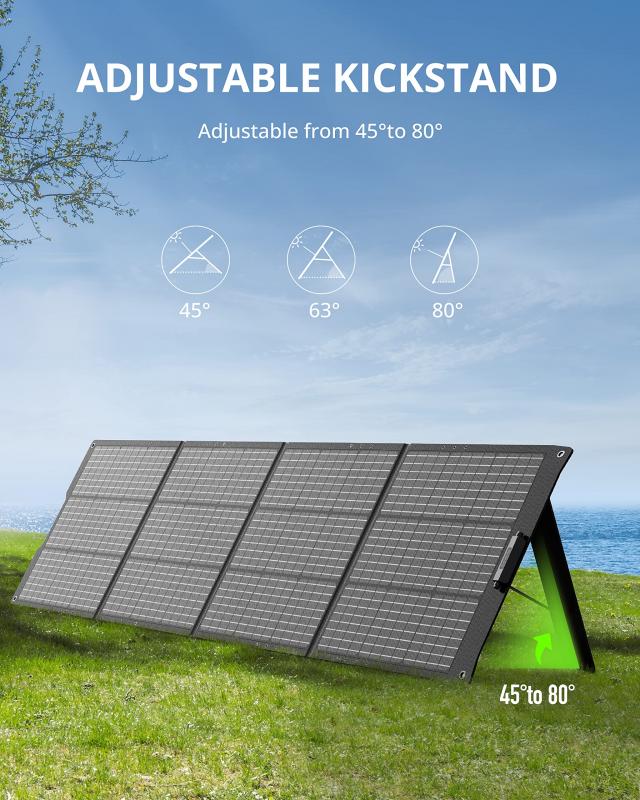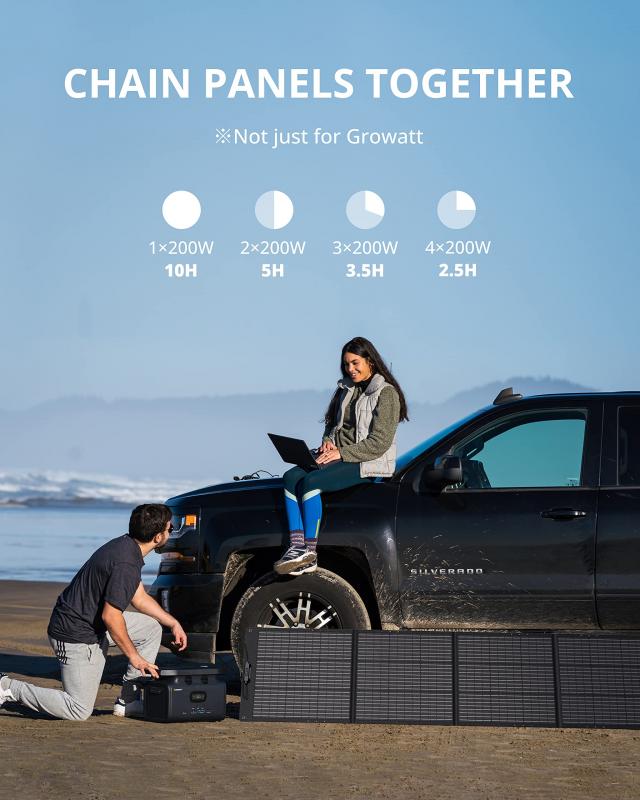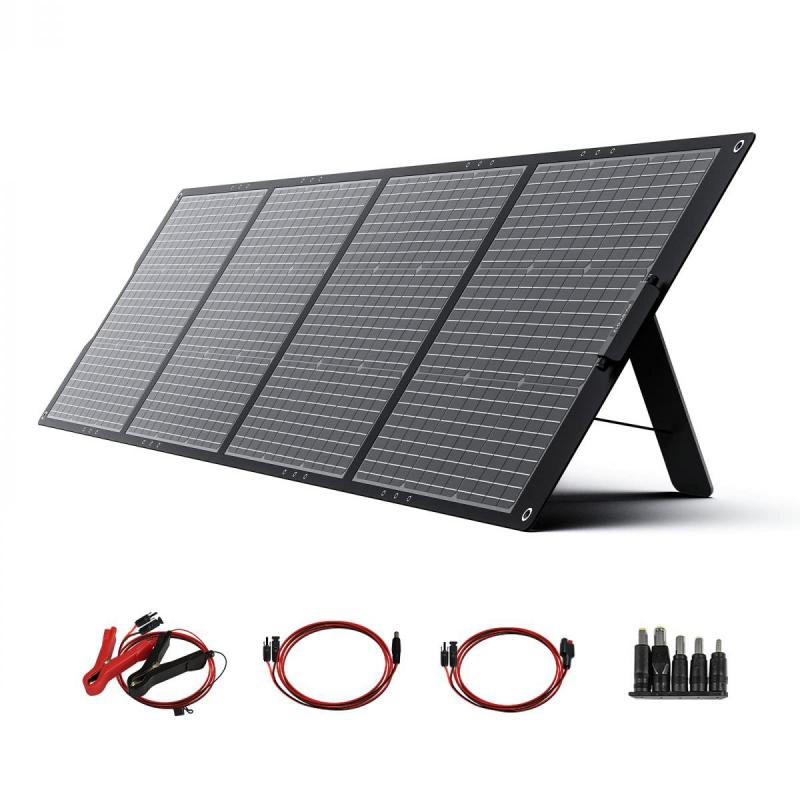How Much Does The Average Solar Panel Cost?
In recent years, the adoption of solar energy has surged as more individuals and businesses seek sustainable and cost-effective energy solutions. One of the most common questions for those considering this transition is, "How much does the average solar panel cost?" This question is crucial for budgeting and understanding the financial implications of switching to solar power. In this article, we will delve into the various factors that influence the cost of solar panels, provide a detailed breakdown of the expenses involved, and offer insights into how you can maximize your investment in solar energy.
Understanding the Cost Components of Solar Panels

The cost of solar panels is not a straightforward figure; it is influenced by several factors, including the type of solar panel, the installation process, and additional system components. Here’s a detailed look at each of these components:
1. Type of Solar Panels
There are primarily three types of solar panels available in the market:
- Monocrystalline Solar Panels: These are the most efficient and durable type of solar panels, with efficiency rates typically between 15-20%. They are also the most expensive, costing between $1 to $1.50 per watt.
- Polycrystalline Solar Panels: Slightly less efficient than monocrystalline panels, with efficiency rates around 13-16%, these panels are more affordable, costing between $0.90 to $1 per watt.
- Thin-Film Solar Panels: These are the least efficient, with rates between 10-12%, but they are also the cheapest, costing between $0.70 to $1 per watt.
2. Installation Costs
Installation costs can vary significantly based on the complexity of the installation, the location, and the installer’s rates. On average, installation costs range from $2.50 to $3.50 per watt. This includes labor, permits, and any additional hardware required for mounting the panels.
3. Additional System Components
A complete solar power system includes more than just the panels. Other essential components include:
- Inverters: Convert the direct current (DC) produced by the panels into alternating current (AC) used by most home appliances. Inverters typically cost between $0.50 to $1 per watt.
- Batteries: Optional but useful for storing excess energy. Battery costs can vary widely, from $200 to $15,000 depending on capacity and technology.
- Mounting Hardware: Necessary for securing the panels to your roof or ground. Costs can range from $0.10 to $0.30 per watt.
- Monitoring Systems: Allow you to track the performance of your solar power system. These systems can cost between $200 to $500.
Average Cost of Solar Panels

To provide a clearer picture, let’s consider an average residential solar power system size of 6 kilowatts (kW). Here’s a breakdown of the costs:
- Monocrystalline Panels: $6,000 to $9,000
- Polycrystalline Panels: $5,400 to $6,000
- Thin-Film Panels: $4,200 to $6,000
Adding installation costs ($15,000 to $21,000 for a 6kW system) and other components, the total cost for a complete solar power system can range from $18,000 to $30,000 before any incentives or rebates.
Financial Incentives and Rebates

One of the significant advantages of investing in solar energy is the availability of financial incentives and rebates that can substantially reduce the overall cost. Here are some common incentives:
- Federal Tax Credit: In the United States, the federal government offers a tax credit of 26% of the total system cost for systems installed before the end of 2022. This percentage decreases in subsequent years.
- State and Local Rebates: Many states and local governments offer additional rebates and incentives. These can vary widely, so it’s essential to check what’s available in your area.
- Net Metering: This allows you to sell excess energy back to the grid, effectively reducing your electricity bill and improving the return on investment.
Long-Term Savings and Return on Investment

While the initial cost of solar panels can be substantial, it’s crucial to consider the long-term savings and return on investment (ROI). Here’s how solar panels can save you money over time:
- Reduced Electricity Bills: By generating your own electricity, you can significantly reduce or even eliminate your monthly electricity bills. The average American household saves about $1,500 per year on electricity after switching to solar.
- Increased Home Value: Homes with solar power systems typically sell for more than those without. Studies have shown that solar panels can increase a home’s value by up to 4.1%.
- Energy Independence: By producing your own energy, you are less reliant on the grid and protected from rising energy costs.
Factors Affecting the Cost of Solar Panels
Several factors can influence the cost of solar panels, including:
- Location: Solar panel costs can vary by region due to differences in labor costs, permitting fees, and available incentives.
- Roof Condition: The condition and type of your roof can affect installation costs. For example, a steep or complicated roof design may require additional labor and materials.
- Energy Needs: The size of the system you need depends on your energy consumption. Larger systems cost more but can provide greater savings over time.
Tips for Reducing Solar Panel Costs
If you’re looking to reduce the cost of your solar power system, consider the following tips:
- Shop Around: Get quotes from multiple installers to ensure you’re getting the best price.
- Take Advantage of Incentives: Make sure to apply for all available federal, state, and local incentives.
- Consider Financing Options: Many companies offer financing options that can spread the cost over several years, making it more affordable.
- Optimize Your Energy Use: Implement energy-saving measures in your home to reduce the size of the system you need.
The cost of solar panels can vary widely based on several factors, including the type of panels, installation costs, and additional system components. However, with the availability of financial incentives and the potential for long-term savings, investing in solar energy can be a financially sound decision. By understanding the various cost components and taking steps to reduce expenses, you can maximize your investment and enjoy the benefits of clean, renewable energy for years to come.

There are no comments for this blog.